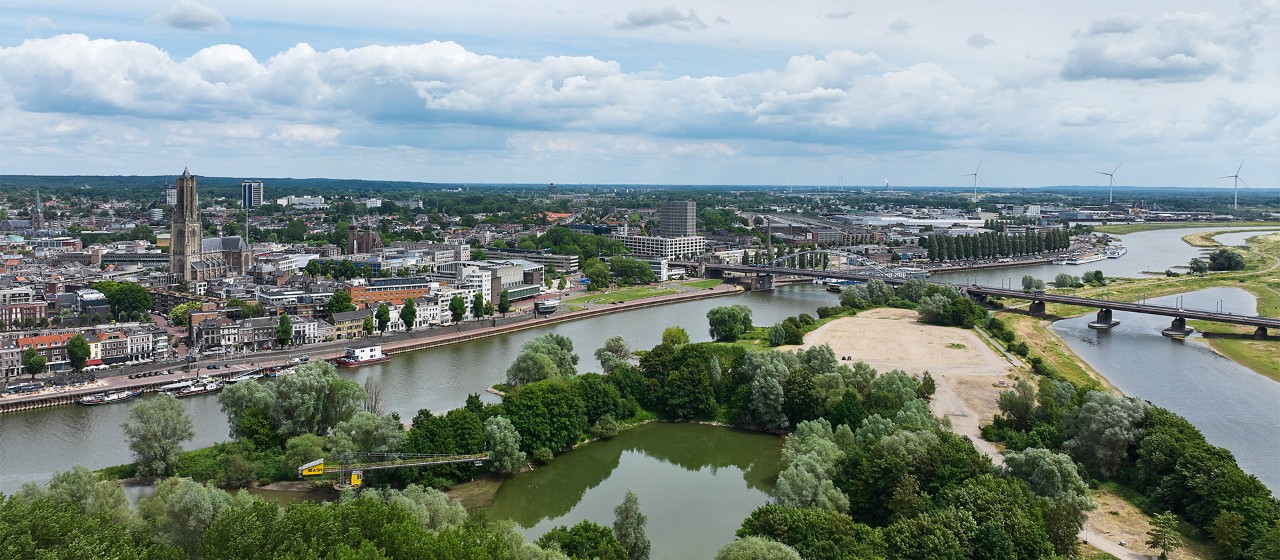
Modelling the future
In an uncertain world, success depends on being prepared for whatever the future holds.
Scania’s strategy is shaped by insights into how our world might look in the future, based on how current global trends could play out over the coming years. By modelling likely scenarios, we can pressure-test different strategies against them, to make sure they are robust.
This is a continuous process, and we update our scenario work every year as part of our annual strategy review. We have identified three plausible scenarios for 2040, each with different repercussions for the transport ecosystem of the future. Based on recent development, indicators point toward a “diverging roads” scenario in a mid-term horizon and a “hyperlocal paths” scenario in a long-term horizon. However at this stage all remain plausible and important to consider.
Three scenarios for transport
Biosphere highway
Global temperature increase: <2˚C
A world where sustainability leaders set the global framework for a biosphere-focused-economy. Global governance and technocrats create a high-level common playing field, where solutions compete to solve problems. Electric transport systems have shifted to sustainable global and regional flows.
Diverging roads
Global temperature increase: >3˚C
A polarised world where strong nations focused on power lead their blocks, with very different ways of prioritising and solving problems, and impose regional standards on smaller neighbours. Transport systems, fuels, standards and resources are regional and block specific.
Hyperlocal paths
Global temperature increase: 2–2.75˚C
A world of local re-use economies and virtual communities, that have marginalised governments. Technologies are open-source and small-scale, with decentral digital financing across geographies. Transition of transport system struggles; transport demand declines sharply.